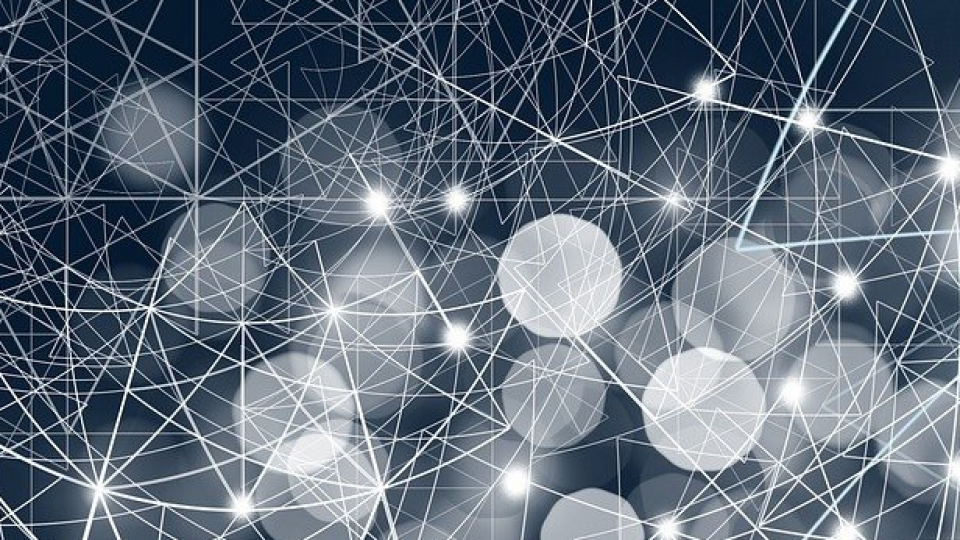Aside from revolutionizing every industry it touches, the field of robotics possesses another proven strength: capturing our imaginations.
Pop culture is teeming with references – C-3PO, androids that walk among us or robot takeovers. Beyond feeding our imaginations, robotics is changing life as we know it.
To find examples in action, we can look to manufacturing (welders & cutters), healthcare (surgical assistants that reduce incision size) or military (unmanned drones or bomb defusers).
Where exactly does “robotics” begin and end? By most definitions, it combines mechanical and electrical engineering with electronics and, recently, artificial intelligence to create a device that responds to sensory input. More simply, it is the technology related to the construction and operation of robots: devices capable of performing tasks that impact the real world.
First-generation robots, essentially mechanical arms charged with repetitive assignments (think industrial production lines of the 1960s), would hardly qualify by today’s standards The next generation brought with it sensors – radar, sonar, tactile, etc. – allowing for rudimentary, inflexible intelligence and slightly more autonomy.
Third-generation robots start resembling what we would expect: autonomous machines capable of learning, which require little supervision to complete a variety of tasks normally carried out by human beings.
The fourth generation? Here is where imagination reenters the conversation, determining how far we push technology and innovation. It is predicted that robots will soon be able to process trillions of instructions simultaneously, with the ability to extrapolate and generalize (advanced AI). These robots’ capabilities will be born from the world of big data and machine learning.
Today, the value of robots is obvious in locations dangerous to humans, such as space, deep oceans, war zones or toxic environments.
But some roles hit intimately close to home: therapy for children with autism (e.g. Luxembourg’s own QTrobot by LuxAI), home assistants that keep loved ones connected (temi) or home-delivery service providers (Marble).
The Japanese government is even turning to robots as a solution to help care for its aging population. One test nursing home relies on them to lead exercise classes, help caregivers lift people or foster walking rehabilitation.
In the massive agriculture industry, we see agribots, such as Abundant Robotics, which introduced a prototype apple picker that uses vacuums to suck fruit from trees. Agribots aim to reduce operational costs and help farmers survive labor shortages.
What’s next? Will robots soon be found making our cappuccinos, caring for our loved ones or carrying out our chores?
The farfetched images of a robot invasion have been replaced by the very real possibility of robot coexistence: colleagues at work, servers at restaurants or receptionists at your gym.
In a future where DJs or chefs are machines, how will we reconcile the need for a human touch with the undeniable advantages of robotics?







